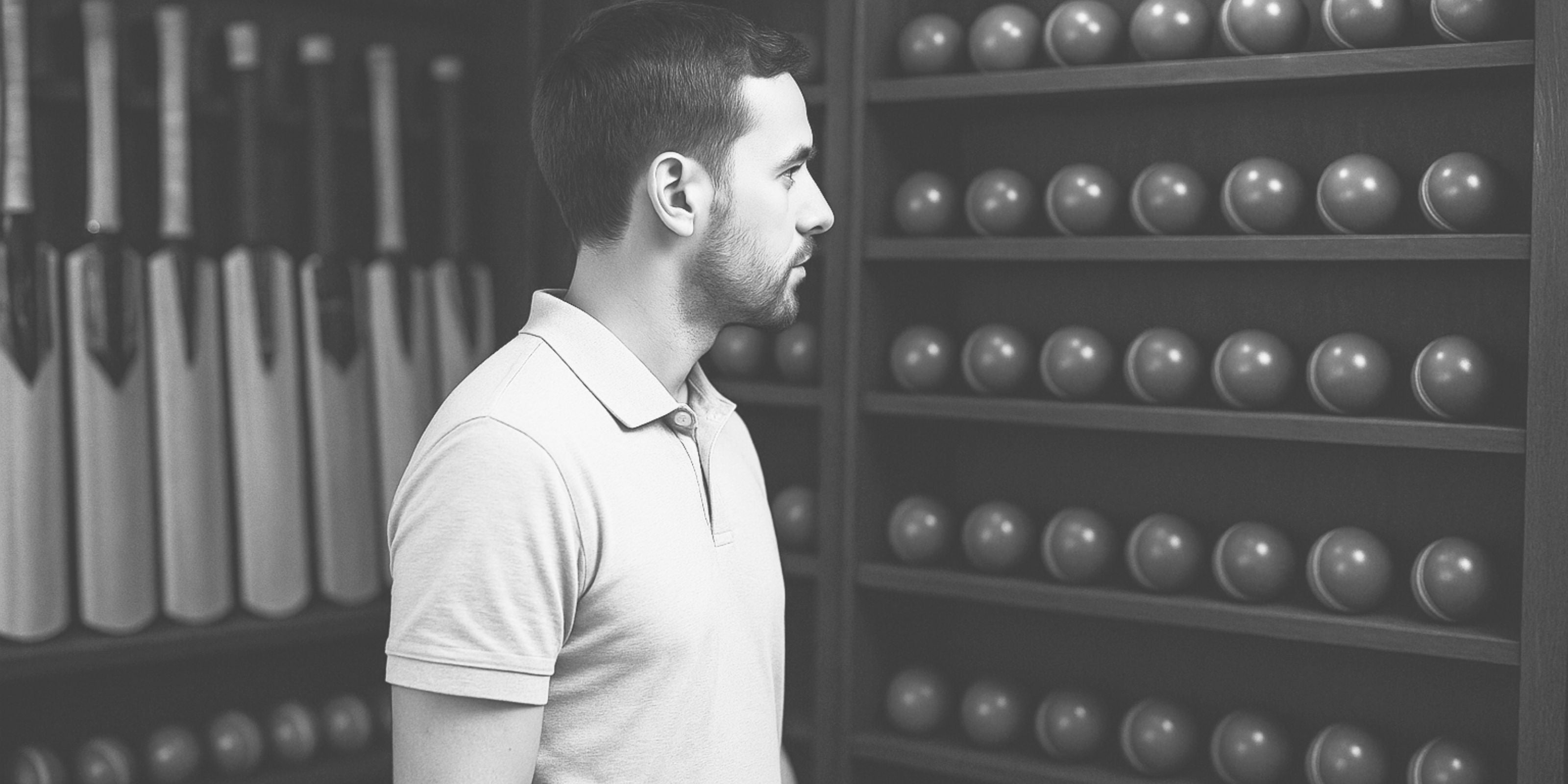
Types of Cricket Balls & Their Uses
Types of Cricket Balls & Their Uses
Introduction: Cricket balls come in a variety of types, each tailored for specific playing conditions, levels of gameplay, and formats of the game. Whether you're a beginner, a club-level player, or a professional cricketer, understanding the different types of cricket balls can help you choose the right one for your game. This guide breaks down the most common types—based on construction, material, and color—explaining their purpose and ideal use cases.
Based on Construction
1-Piece Ball
-
Structure: Made from a single piece of leather wrapped around the core.
-
Durability: Less durable; primarily used for training and casual play.
-
Best For: Beginners, kids, and tennis ball transition drills.
2-Piece Ball
-
Structure: Made from two pieces of leather stitched together.
-
Durability: More durable than 1-piece, offers good seam and swing.
-
Best For: Club matches, school-level cricket, and practice sessions.
3-Piece Ball
-
Structure: Three sections of leather stitched around the cork core.
-
Durability: Balanced durability and performance; holds shape better than 2-piece.
-
Best For: Training, match simulations, and semi-professional use.
4-Piece Ball
-
Structure: Four pieces of leather stitched in a quarter panel format.
-
Durability: Highly durable and preferred in professional matches.
-
Best For: Professional, first-class, and international cricket.
Based on Material
Leather Ball
-
Material: Premium alum-tanned or chrome-tanned leather.
-
Performance: Traditional feel, better seam, and shine for swing and spin.
-
Best For: All formats—Test, ODI, and T20.
Synthetic Ball
-
Material: PU or rubber composite.
-
Performance: Weather-resistant, low maintenance, and less expensive.
-
Best For: Training, indoor cricket, and wet conditions.
Based on Color
Red Ball
-
Visibility: Best for daytime matches.
-
Usage: Traditional Tests and first-class cricket.
-
Performance: Maintains shine and seam longer; helps swing.
White Ball
-
Visibility: Designed for visibility under floodlights.
-
Usage: ODIs and T20s.
-
Performance: Gets dirty faster; harder to maintain swing after 20–25 overs.
Pink Ball
-
Visibility: High visibility in both daylight and under lights.
-
Usage: Day-night Test matches.
-
Performance: Durable color, swings more under lights, lacquer-coated for extra shine.
Who Should Use What?
| Player Level | Recommended Ball Type |
|---|---|
| Beginners/Kids | 1-piece synthetic or soft leather ball |
| School/Club Level | 2-piece or 3-piece leather ball |
| Semi-Pro Players | 3-piece or 4-piece leather ball |
| Professional | 4-piece red, white, or pink leather ball |
| Indoor Cricket | Soft synthetic or PU training ball |
| Coaches/Trainers | Mixture of all for skill-specific drills |
Final Thoughts
Choosing the right cricket ball is as important as choosing the right bat. The ball affects how you play, how it behaves on the pitch, and how long your practice session or match will last. At Zee Sports, we offer a wide range of cricket balls for every level and need—from soft balls for juniors to match-grade leather balls for professionals.
Explore our collection and elevate your game with the right equipment!
_____________________________________________________________
All Zee Sports Cricket Balls Pages Links.
https://zeesports.co/collections/7-star-cricket-balls
https://zeesports.co/collections/sports-balls
https://zeesports.co/collections/tape-tennis-balls
https://zeesports.co/collections/rugby-ball
https://zeesports.co/collections/volley-balls
https://zeesports.co/collections/soccer-balls
https://zeesports.co/collections/balls
https://zeesports.co/collections/cricket-balls
https://zeesports.co/collections/5-star-cricket-balls


Leave a comment
This site is protected by hCaptcha and the hCaptcha Privacy Policy and Terms of Service apply.